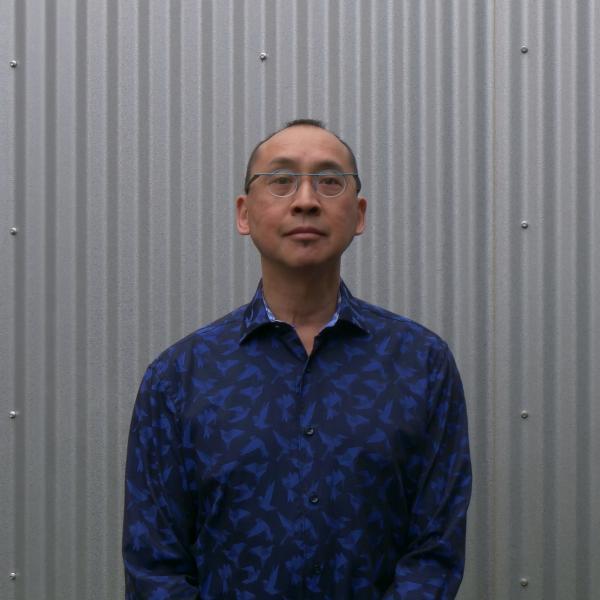
Grossman Ensemble premieres Jay Alan Yim's "Rhapsody in 7Sharp9"
Program notes:
I can’t tell you how thrilled I was in 2017 to get an invitation from Gusty, Sam Pluta, and Anthony Cheung to write a piece for the newly-formed Grossman Ensemble, which has become one of the top new music ensembles in Chicago in a very short time. When the original premiere date was June 5, 2020, I had planned to dedicate the composition to my wife Marlena as a gift to mark our thirtieth wedding anniversary later that same month. Covid-19 lockdowns put a monkey wrench in that plan, though, and now we are two and a half years later. Of course, it’s still dedicated to her, because I can’t imagine that there is anyone else who has elevated my life more than she has: the entire evolution of my thinking about art and therefore music is due to the influence of my personal artistin-residence. And tonight’s premiere happily marks the thirty-third anniversary of our first date.
The title—Rhapsody in 7Sharp9—is an indicator of the harmonic world of the composition; instead of designating a key, it incorporates the name of a type of chord that is distinguished by being both major and minor simultaneously. (Some musicians call it the ‘Jimi Hendrix Chord’ because he used it frequently.) We often use the word ‘harmony’ metaphorically to refer to social relations and political situations where human beings are willing to put aside differences and direct their actions and their energies in a more unified manner, because there is a colloquial equation between the word harmony and the implication of consonance. But real agreement in the sociopolitical sense and harmoniousness in human relations with other humans, and with other beings in the world, and even with the world itself is complex and often incorporates dissonance. So the harmony in Rhapsody in 7Sharp9 is intentionally ambiguous as a metaphor for this view of the relationship between humans and each other and between humans and the Earth, as the only home planet most of us will ever have.
The formal processes are also rooted in metaphor. The first half of the work is based on overlapping hockets at multiple levels—demanding considerable rhythmic precision—to assemble a complex melody that I call a Tangled Monody. To me, this really represents the crucial importance of teamwork as the hocketed melody is stronger when the musicians are listening closely to each other and meshing their parts into a single whole. Subsequently, this Tangled Monody is rhapsodically taken over by the piano as the backbone of the second half of the work, and the metaphorical focus shifts. Short cadential interjections that in the first half have been gradually getting longer and longer are step by step transformed into a virtuosic exchange between high and low instruments. That call-and-response process is itself then transformed into a unison lyrical melody as preparation for launching into the high energy ending.
I want to acknowledge that for years the work of the late Lyle Mays has been a source of musical joy and thus a significant influence on me; case in point: Long Life from the solo album where he improvised on a MIDI equipped piano and in post took the recorded MIDI data and electronically orchestrated it. And the tune—which is indelibly and hauntingly beautiful—is chock full of Jimi Hendrix chords. Oliver Knussen was just as much a force in making me into the composer that I am now: through the resonance of shared enthusiasms (like Takemitsu’s music) and the friendship and support he gave me, both in terms of professional opportunities as well as simply affirming that the sound world I wanted to create made satisfyingly aural sense to him. His assessment meant a lot because his own music had a uniquely recognizable ‘sound’ with all of the enduring power that that implies.
Along with Olly’s influence I am reminded of something that another teacher—Harrison Birtwistle—said to me: “Ideas are ten-a-penny; what matters is what you do with them.” Composing very often has at least as much to do with what one discards as with what one keeps, and realizing that the willingness to abandon things that one has previously invested in is NOT artistic weakness but strength. The commitment that one makes is to the faith that more (and better) ideas will surely come, and holding on to all of the previous ones might be an unproductive impediment. After all, a caterpillar writhes with much effort while shedding its skin to reveal the chrysalis underneath, and when the metamorphosis is complete, the butterfly emerges.
Jay Alan Yim's piece Rhapsody in 7Sharp9 premiered with the Grossman Ensemble on December 2, 2022.
